Announcement
Collapse
No announcement yet.
Nagorno-Karabagh: Military Balance Between Armenia & Azerbaijan
Collapse
X
-
Re: Nagorno-Karabagh: Military Balance Between Armenia & Azerbaijan
Հայաստանը 2 մլրդ դրամ կուղղի ռուսական վարկով զենքի գնման համաֆինանսավորմանը
Comment
-
Re: Nagorno-Karabagh: Military Balance Between Armenia & Azerbaijan
Service length should be reduced to 18months. Studies show that officers in their last 6 months commit the vast majority of crimes/hazing against new recruits. They know they have seniority and are on their way out.Originally posted by ASALA2116 View PostSo if it's not our enemy it's us. They should really start introducing classes to stop this violence introducing empathy , sympathy , punishment and the rest. This is getting out of hand.
Institute drafting of women for 12 months in noncombat roles.
Make the majority of front line troops contract, professional servicemen.
Comment
-
Re: Nagorno-Karabagh: Military Balance Between Armenia & Azerbaijan
Հայտնի է դարձել Ադրբեջանի ԶՈւ թաքցրած 2 կորստի մասին
Հունվարի 24-ին ադրբեջանական ընդդիմադիր Meydan.tv լրատվակայքի համակարգող Հաբիբ Աբդուլլաևը հայտնել է, որ հայտնի է դարձել Ադրբեջանի բանակի 2 սպանված զինծառայողի մասին, որոնցից ոչ մեկի սպանության լուրը երկրի պաշտպանության նախարարությունը չի հայտնել, լրատվամիջոցները չեն գրել։
Զինծառայողների մահվան ամսաթվերը հայտնի չեն։
Աղբյուրը գրում է, որ Ադրբեջանի ԶՈւ զինծառայող, Գորանբոյի շրջանի Աշաղի Աղջաքենդ գյուղի բնակիչ, 1992 թ․ մայիսի 14-ին ծնված Էքբերի Մահմուդ Ալի օղլուն (Əkbəri Mahmud Əli oğlu) «շեհիդ է դարձել» (արտահայտությունը ադրբեջաներենում հիմնականում օգտագործում են մարտական պայմաններում սպանված զինծառայողների դեպքում)։
Աղբյուրը նաև հայտնում է, որ Ադրբեջանի բանակի Սումգայիթի զորամասի զինծառայող Նիջաթ Հեզիևին (Nicat Həziyev) սպանել է համածառայակիցը։ Սպանվածն Ադրբեջանի Հաջիգաբուլ շրջանի Մեյնիման գյուղի բնակիչ էր։ Սոցցանցերում ադրբեջանական օգտատերերը այս զինծառայողի սպանվելու մասին հայտնել են նաև հունվարի 20-ին։
Ավելացնենք, որ 2017 թ․ հայտնի է դարձել Ադրբեջանի ԶՈւ առնվազն 4 սպանված զնծառայողի մասին։
Comment
-
Re: Nagorno-Karabagh: Military Balance Between Armenia & Azerbaijan
De Waal is a political stooge representing the political connivings of the west.Originally posted by armnuke View PostThe Threat of a Karabakh Conflict in 2017
Posted by: THOMAS DE WAAL
TUESDAY, JANUARY 24, 2017
Every year, as the spring thaw is awaited in the mountains of Armenia and Azerbaijan, the small coterie of scholars and experts who keep an eye on the Nagorny Karabakh conflict ask, “Will there be war?” This year, Karabakh watchers are especially gloomy. Twenty-sixteen was a bad year, and 2017 could yet be worse.
Over four days last April, up to 200 Armenians and Azerbaijanis died in the worst fighting since 1994 across the so-called line of contact that divides their two armies east of the disputed territory of Nagorny Karabakh and cuts across Azerbaijani territory that the Armenians captured as they secured a victory in the conflict of the 1990s.
The violence precipitated a flurry of diplomatic activity over the summer. The Azerbaijanis tentatively agreed to measures to strengthen the 1994 ceasefire regime, and the Armenians assented to a more comprehensive negotiating process. But in the last six months, the deals provisionally concluded in the summer have slowly unraveled. The Karabakh situation has defaulted to a familiar and depressing mix of mutual accusations of bad faith, Azerbaijani frustration, Armenian inertia, and diplomatic wrestling over tiny details.
Of course, as U.S. Founding Father Benjamin Franklin said, a bad peace is better than a good war. A new conflict in the Caucasus could lead to thousands of casualties and economic devastation—without resolving the core issues of the dispute. But there is a danger that the parties could miscalculate and end up fighting anyway, despite their better judgment.
The arrangements made in 1994–1995 after the ceasefire was signed look less and less sustainable: no peacekeepers, a tiny Organization for Security and Cooperation in Europe monitoring mission with a limited mandate, and a process that has managed the situation but not resolved it. In 1994, the 250-kilometer (155-mile) line of contact was a string of hastily dug trenches separating the two armies, across which conscript soldiers took occasionally potshots—and sometimes met to chat and exchange cigarettes. Now, it is the most militarized zone in Europe, bristling with artillery, long-range missile launchers, attack helicopters, and military drones. Azerbaijan has spent billions of dollars of oil revenues on new weaponry. The Armenians have spent less but maintained a credible defensive capability, thanks to buying Russian weapons at discounted prices.
In the four-day war in April 2016, the Azerbaijani side recaptured two small pockets of territory. The psychological boost the Azerbaijanis received was far bigger. The perception of a successful military offensive helped reverse two-decades-old feelings of humiliation, and an upsurge of patriotism helped distract the Azerbaijani population from a shrinking economy and falling currency.
Now that the latest diplomatic initiative, spearheaded by Russian Foreign Minister Sergey Lavrov, has stalled, there is a temptation for Baku to retry what might be called military leverage—to launch another operation to recapture territory and put pressure on the Armenian side.
The risk is that a small operation would inevitably escalate into something even more serious than last time. The Azerbaijani authorities would be under pressure to capture substantial amounts of territory, rather than the small slivers they took last time. The Armenians would be under pressure from their public to fight more strongly than they did last April and reverse any gains made by the other side.
Both sides almost certainly overestimate their military prowess. Both also have newly acquired deadly weaponry. The Armenians have obtained Iskander missiles from Russia that they exhibited at an Independence Day parade in September 2016. The weapons have a range of 280 kilometers (174 miles) and could be targeted at urban centers or oil and gas infrastructure in Azerbaijan. This would be a desperate option, but possible if a larger-scale Azerbaijani were launched. Such a move would also be in line with Armenia’s 2015 military strategy, which permits preemptive action in the name of deterrence. The Azerbaijanis have made big weapons purchases from Israel, including an Iron Dome missile-defense system and military drones.
If the military context is dangerous, the political one is no better. Azerbaijan’s oil boom has ended and the economy has declined further over the last year, shrinking by around 4 percent in 2016, with the manat having lost 57 percent of its value since January 2015.
In Armenia, President Serzh Sargsyan faces a tricky parliamentary election on April 2. When the vote is completed, his country is due to make the transition to a new constitution in which executive power switches from the president to the parliament. This is widely perceived as a gambit by Sargsyan, whose second and last presidential term ends in 2018, to find a way of shoring up his own power. The switch is controversial and the opposition will use the election to challenge him in all ways possible.
A final factor of instability is international turbulence—the election of Donald Trump as U.S. president, ongoing crises in the EU—which is being felt in the South Caucasus and could encourage the parties to behave more irresponsibly and believe they can get away with more.
If there is fighting, it will be hard to manage. In April 2016, Moscow negotiated a verbal ceasefire between the parties. But it is a misconception that Moscow is pulling the strings in the Karabakh conflict. Moscow has never been in control since the dispute broke out in 1988, having tried variously to back one side or the other or to mediate. Currently, Russia is highly distrusted in both countries and neither Baku nor Yerevan will allow it to impose its own agenda on their number one national issue.
In short, the threat of preemptive violence over Karabakh needs to be met with intense preemptive diplomacy. A descent into new conflict in the South Caucasus is the last thing anyone wants—least of all the ordinary Armenians and Azerbaijanis who will be caught in the middle of it.
http://carnegieeurope.eu/strategiceurope/67774
His above article is nothing more than propaganda.
The picture he paints does not reflect the truth or reality.
De Waal would like everyone to believe that the tatar terks who call themselves Azerbaijan are the rightful occupants of that land (and) not the murdering thieving criminals who invaded that land. (NOT) one word by De Waal of the millineal indeginous presence of the Armenian people's but only the repeated references to the loss of Azerbaijan territory.
He's nothing more than a terk apologist in the guise of an intellect.
De Waal is nothing more than a Hoover or Kirby.
Comment
-
Re: Nagorno-Karabagh: Military Balance Between Armenia & Azerbaijan
He is the Lawrence of Caucasia. The typical one man manipulative Brit, BP’s man of BS. He thinks he is dealing with Arabs.Originally posted by Artashes View PostHe's nothing more than a terk apologist in the guise of an intellect.
Comment
-
Re: Nagorno-Karabagh: Military Balance Between Armenia & Azerbaijan
If he is Lawrence of Caucasus, he should worry that the faith of original Lawrence of Arabia may fall on him.Originally posted by Azad View PostHe is the Lawrence of Caucasia. The typical one man manipulative Brit, BP’s man of BS. He thinks he is dealing with Arabs.
He may be sodomised by Turks, just like what Turks did to original one when they caught him.
Comment
-
Re: Nagorno-Karabagh: Military Balance Between Armenia & Azerbaijan
Most Brits and not all do enjoy that.Originally posted by Hakob View PostIf he is Lawrence of Caucasus, he should worry that the faith of original Lawrence of Arabia may fall on him.
He may be sodomised by Turks, just like what Turks did to original one when they caught him.
Comment








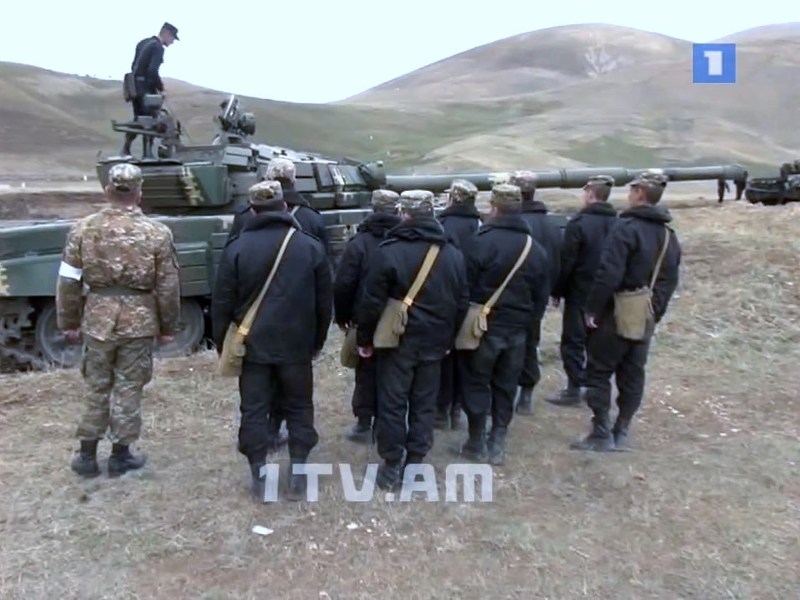
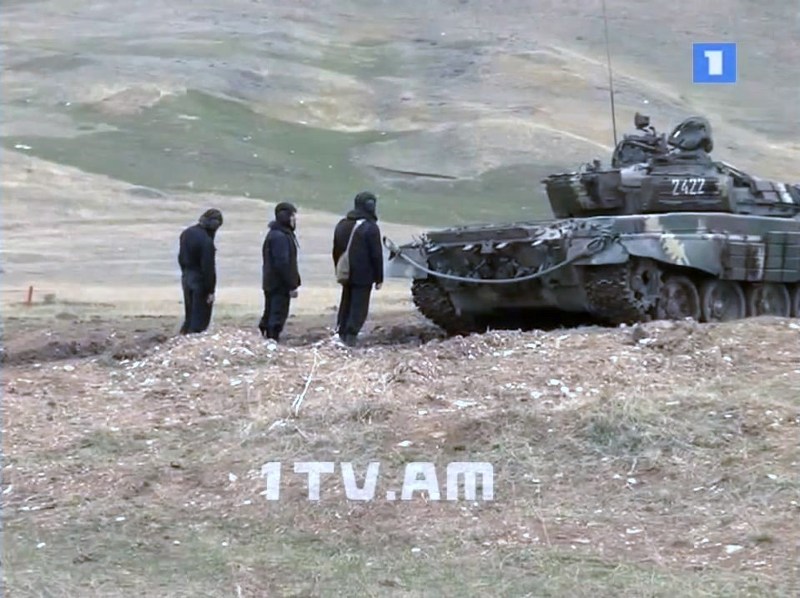
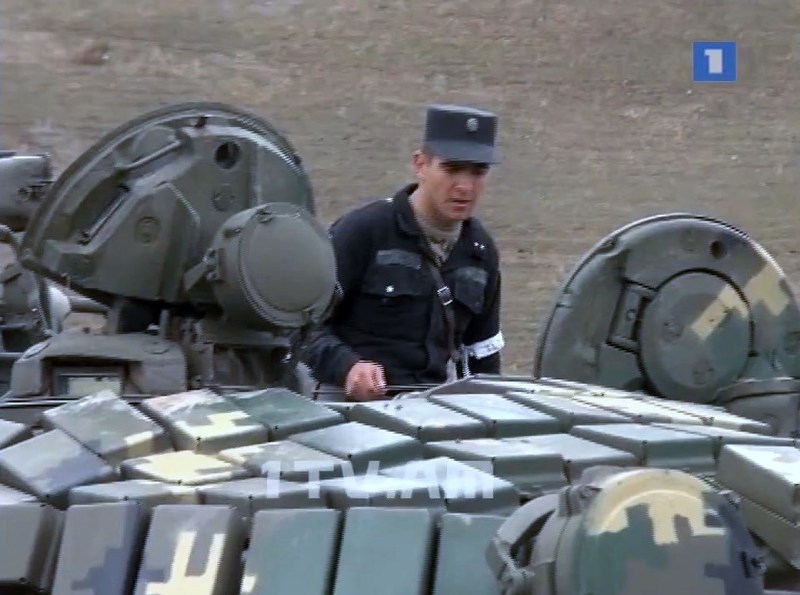
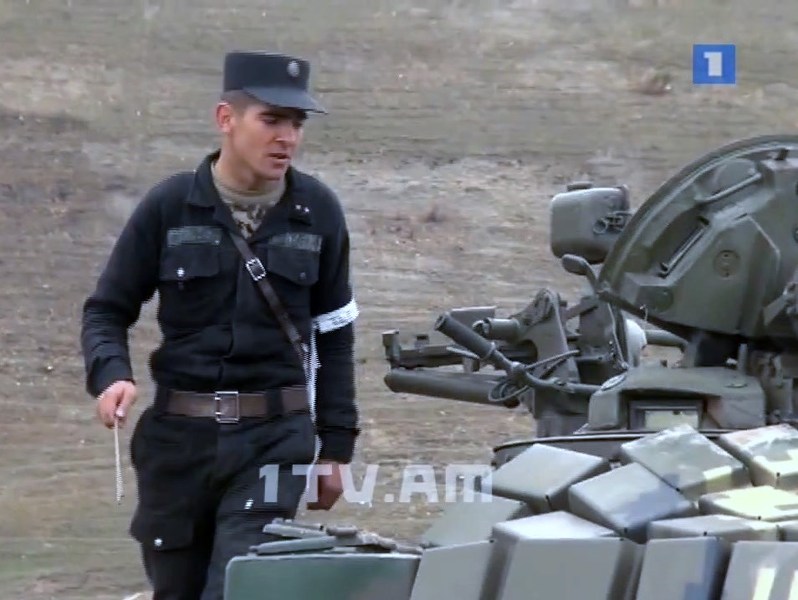
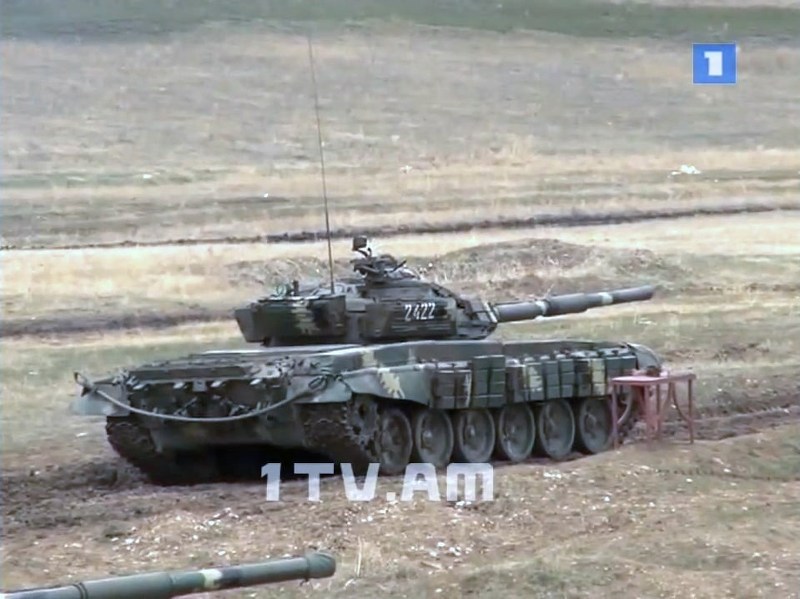
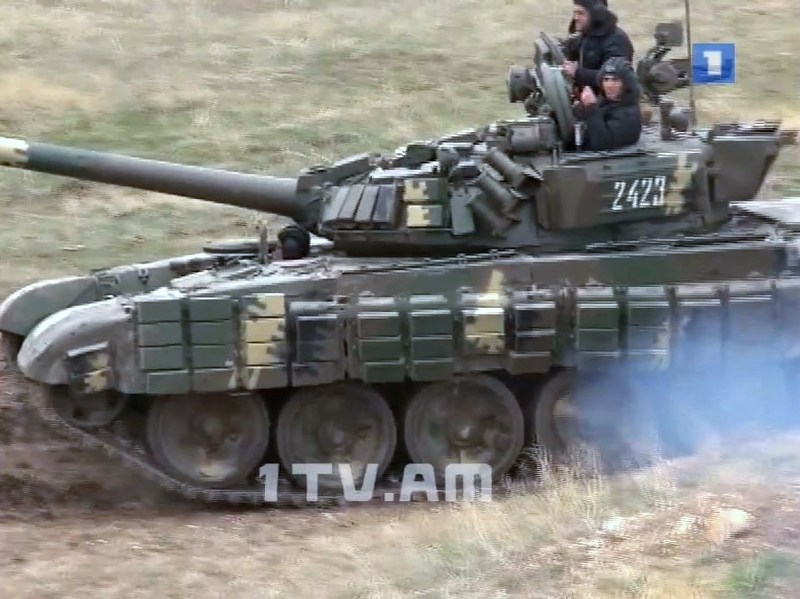
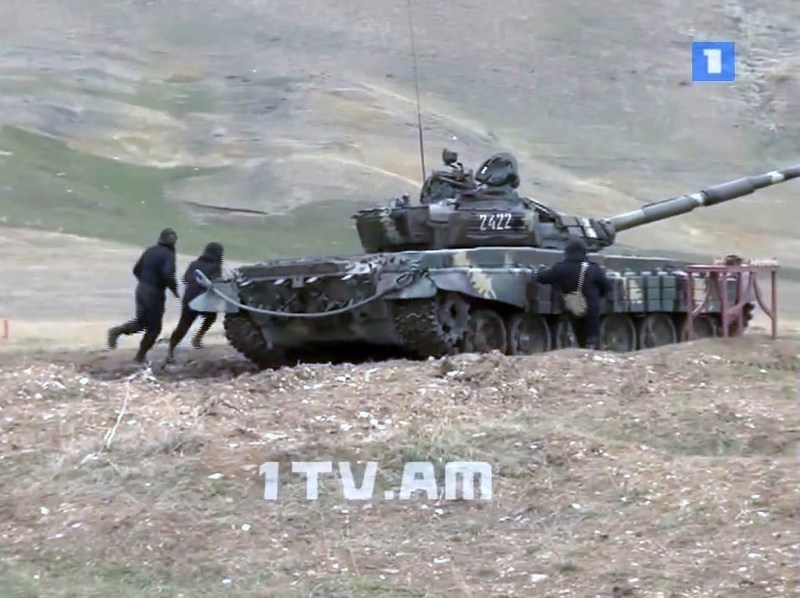
Comment